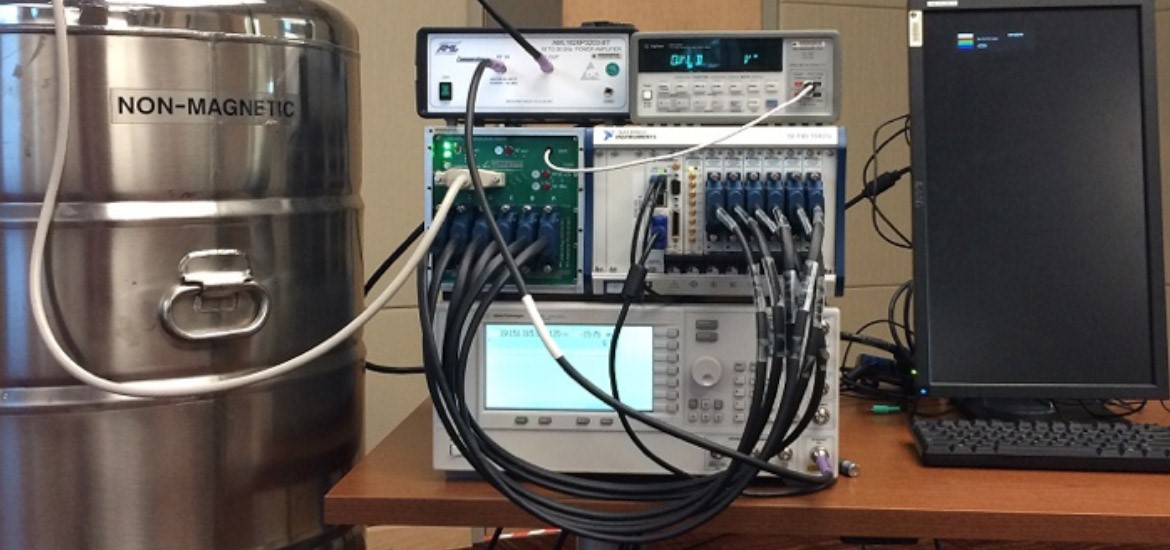NASA’s Continued Use of PJVS for Calibrations Ensures Peak Accuracy
March 19, 2021
2-minute read

NASA uses the Programmable Josephson Voltage Standard (PJVS) to ensure the agency’s calibrations include the most accurate voltage measurement with the lowest measurement uncertainty possible.
“This is a top-tier instrument that not every organization can afford,” said Mike Fortier, metrologist with Rohmann Services Inc. at Johnson Space Center. “What’s neat about the PJVS is there is no higher tier of voltage measurement in metrology; it’s quantum-level accuracy. And because it has quantum accuracy, so far with our measurement demands on it, it’s anywhere from 100 to 1,000 times more accurate than what we’re measuring, which means it’s at least 25 times more accurate than we need. And that’s not an exaggeration; it’s an excellent measurement.”
The PJVS is an intrinsic electrical Direct Current voltage standard used internationally for traceability of voltage measurements to the System International unit of voltage for all metrology. Currently, calibration labs at eight NASA centers and facilities rotate use of the PJVS for comparisons and measurement assurance and to calibrate their center’s instruments.
“You have to have traceability to units of measure,” explained Fortier. “Just like scales are calibrated by weights and measures, which the state resides over, all scientific measurements are done, both in science and in industry, traceable to international units. The PJVS is just one way that industry and science and space obtain their traceability for electrical parameters.”
Scientists and engineers across the agency can read “Overview of NASA's Shared PJVS” to learn more about the PJVS, including how it’s used and maintained at NASA, costs, usage schedule, and more. Questions about the PJVS can be directed to Fortier.